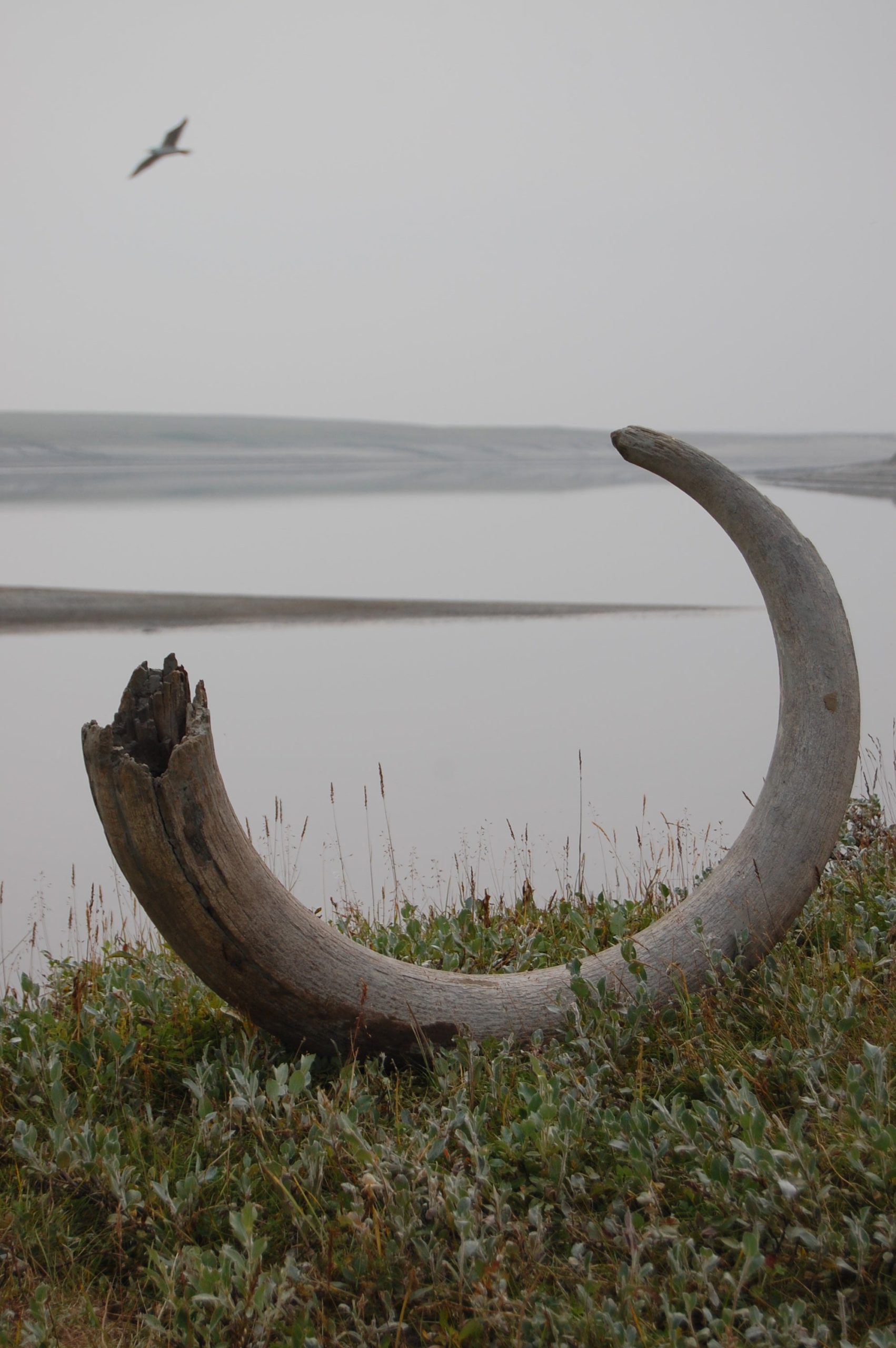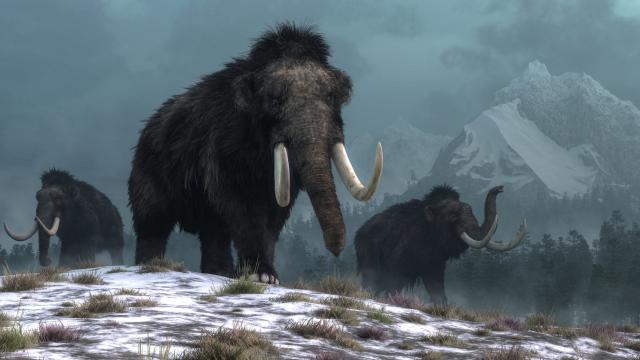Humans are very rarely the good guys in extinction narratives, given our proclivity for pushing species to the brink of extinction, and often over it. But we’re almost certainly absolved of guilt in the case of the woolly mammoth, according to an international team of scientists who spent the past 10 years sifting through traces of mammoth urine, faeces, and skin cells in the ground to figure out what truly caused the species’ extinction.
“The most recent Ice Age — called the Pleistocene — ended 12,000 years ago when the glaciers began to melt and the roaming range of the herds of mammoths decreased,” Yucheng Wang, a geogeneticist at the University of Cambridge and lead author of a new paper of the team’s results, said in a St. John’s College press release.
“We zoomed into the intricate detail of the environmental DNA and mapped out the population spread of these mammals and show how it becomes smaller and smaller and their genetic diversity gets smaller and smaller too, which made it even harder for them to survive,” Wang added.
Woolly mammoths (Mammuthus primigenius) were a charismatic species of mammoth, hairy cousins of elephants that are not to be confused with the contemporaneous mastodon. Though a holdout population of mammoths survived on Russia’s Wrangel Island until about 4,000 years ago, around the same time Stonehenge was nearing completion, all other mammoths were long gone by then.
But what killed them off? Since the 1960s, the overkill theory (proposed by a University of Arizona geoscientist) posited that Pleistocene megafauna were killed off by human hunters. That includes not just mammoths, but also creatures like saber-toothed cats and giant ground sloths. Plenty of researchers disagree with this idea, and another leading theory for the mammoth’s demise is climate change of the natural variety. That theory posits that a wetter world drastically changed the amount of food available to the large mammals, catalyzing their demise.

The research team analysed ancient environmental DNA from more 500 samples of frozen Earth and lake sediment spanning the last 50,000 years and compared that historical genetic information with that from roughly 1,500 modern plant genomes that were sequenced for the first time. The results were published this week in Nature.
Though the team determined that the Arctic once had a fair spread of vegetation — great news for all of the aforesaid species — the onset of a warmer, wetter climate meant that vegetation disappeared, a disappearance coincident with mammoth extinction. Glaciers melted and trees and wetland plants sprung up in place of the brush mammoths grazed on.
“The change happened so quickly that they could not adapt and evolve to survive,” said Eske Willerslev, a geogeneticist at the University of Cambridge and co-author of the paper, in the same release. “This is a stark lesson from history and shows how unpredictable climate change is — once something is lost, there is no going back.”
The team also stated in the paper that their eDNA results indicated mammoths stuck around longer than what fossil evidence indicates in some areas; namely continental Eurasia and Alaska. The same held for eDNA evidence of woolly rhinoceroses, Pleistocene horses, and bison later than their fossil dates, indicating that megafauna hung on even in the face of dramatic changes (for a bit at least). In areas where these megafauna coexisted with humans, the prolonged presence of the former also disagrees with the overkill theory.
While the new study sheds light on what wiped out the mammoth, that hasn’t stopped others from trying to bring it back. Last month, a start-up called Colossal said it has a goal of bringing a woolly mammoth calf to bear within six years using DNA technology. This despite the fact that the world the animal once knew is long gone, and the one we have now is heating up at an incredible rate.
M0re: Unprecedented Study of a Woolly Mammoth Shows Where It Roamed From Birth to Death
